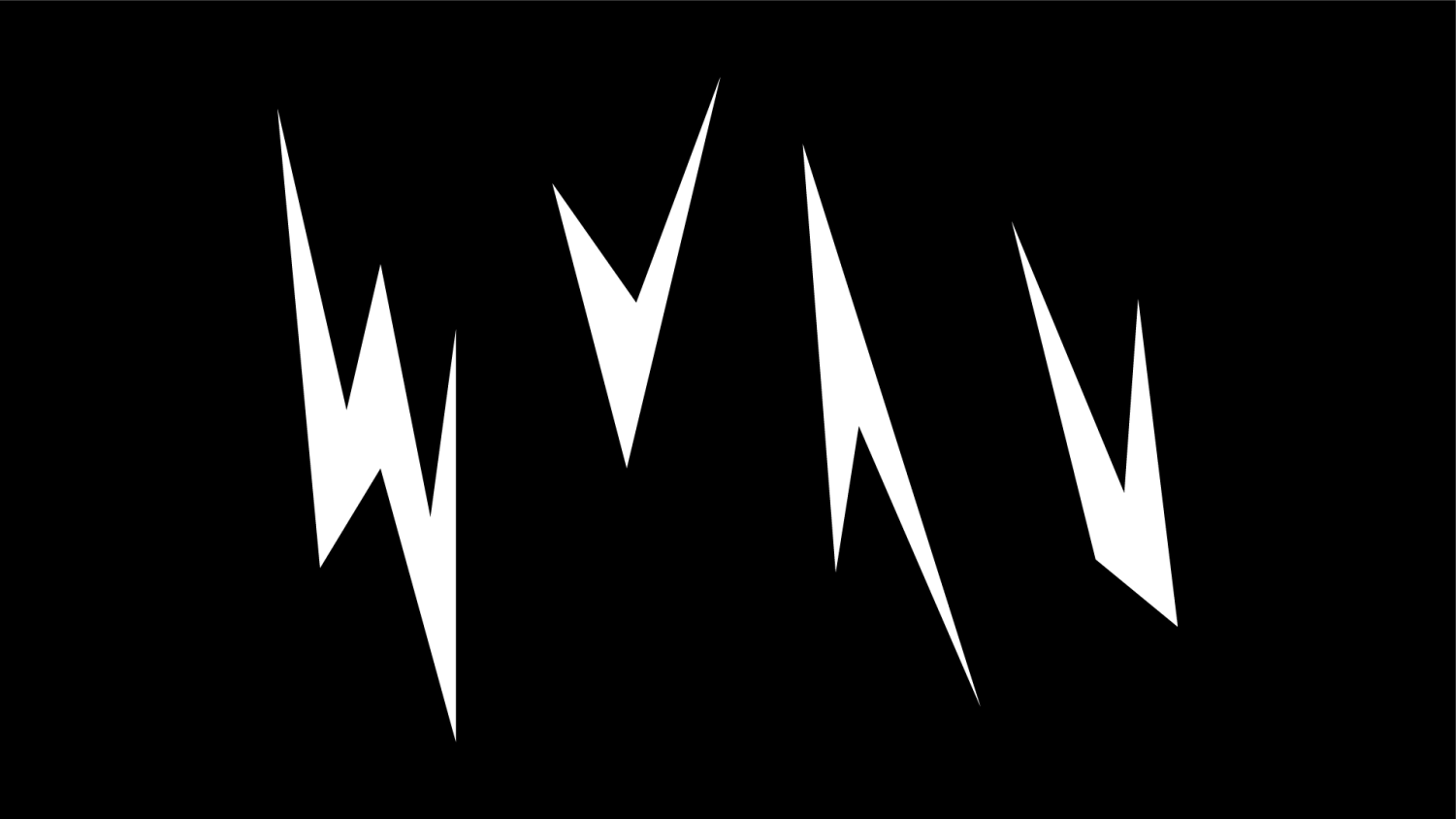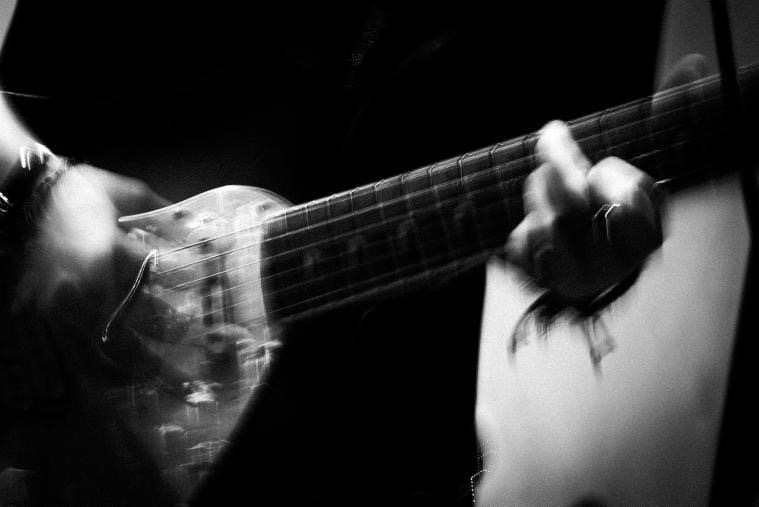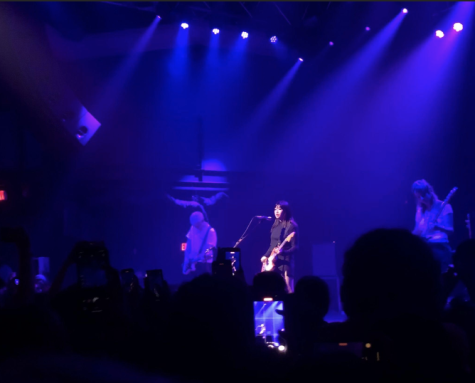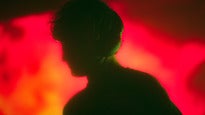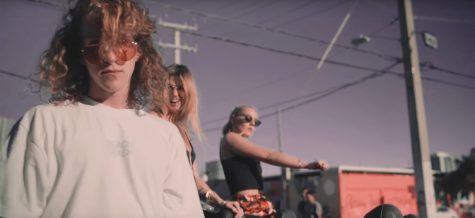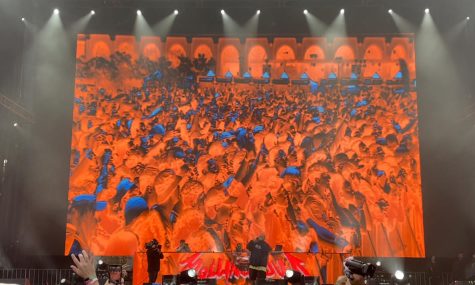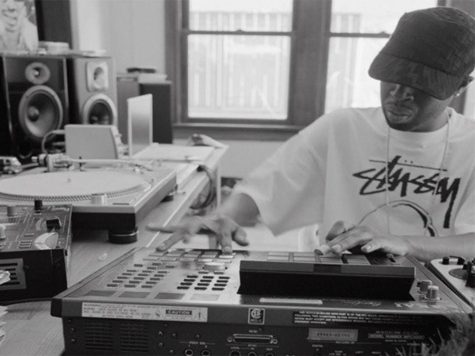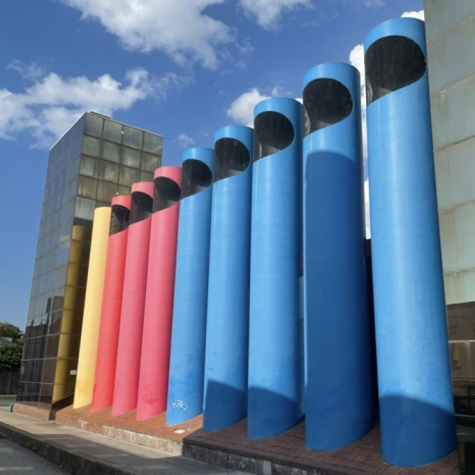From the Outside: No New York
November 13, 2011
The year was 1978. Brian Eno, famed English musician/producer, was in New York assisting The Talking Heads produce and master their sophomore effort, More Songs About Buildings and Food. While there, Eno attended a four day long underground rock festival held at Artists Space in the SoHo Lower Manhattan District. The festival was a showcase of the emerging New York No Wave’ scene, a scene which developed in the mid 70’s and is difficult to characterize beyond its blinding originality and outright rejection of mainstream musical trends and culture. Eno was incredibly impressed by what he witnessed, and was able to convince Island Records subsidiary label Antilles to release a compilation of four No Wave bands with himself as producer. The tracks, four each by the bands Contortions, Teenage Jesus and the Jerks, Mars, and DNA, were recorded and released in 1978 as No New York.
The album leads with Contortions, playing an incredibly noisy and unconventional fusion of punk and jazz led by vocalist/saxophonist James Chance. From the very first track, “Dish It Out“, it is very clear that the album is going to be devoid of the ambient electronic that Brian Eno made his name in. Chance plays an apparently improvised free jazz saxophone solo over a repeating dissonant guitar chord and perversely groovy bass and drums. “Sick of being on the losing end/Tired of playing the obliging friendÛ, Chance howls over the barely contained chaos of the backing instrumentation. Despite the unrestrained experimentation of the track, it remains almost dance-able, albeit in a wayward, almost wicked sense. This vibe of corrupt grooviness continues on the remainder of the Contortions tracks, especially “Flip Your Face,” an unrelentingly dissonant cacophony of what appears to be an attempt at a sort of avante-garde James Brown song, and has even gained recognition by Big Black and Shellac front man Steve Albini as his “all-time favorite song.”
Teenage Jesus and the Jerks, the second band of the compilation, produce some of the coldest and least accessible music of the albums sixteen total tracks. The group, led by vocalist Lydia Lunch, plays music which is depressing, droning, and almost painful to listen to at points. The guitars are not even attempted to be played in a fashion which could be called anywhere near melodic, a distinction which, coupled with Lunch’s vocals that never quite enter into a musical key, creates a wash of droning noise for the entirety of the four tracks. Their second track, “The Closet,” boils this idea down to its essence, using just over three and a half minutes of noise and suicidal lyrics (Take a bullet to my eyes/Blow them out and see if I die) to create an atmosphere which is cold, unwelcoming, and, most of all, shockingly original.
The third band, Mars, is far less distressing than Teenage Jesus and the Jerks, but remain just as infuriating and perplexing. The vocals of leader and founder Summer Crane are, quite simply, some of the oddest in modern music, lying somewhere between a mumble and a high pitched shout. Not one word is distinguishable, making it impossible to tell what any of the songs are about, if they are about anything at all to begin with. The track “Helen Fordsdale“ consists of these unorthodox vocals complimented by a wall of noise created by guitar distortion and seemingly aimless bass.
The last four tracks come from D.N.A., a trio who create what can only be described as what would happen if malfunctioning robots tried to create blues music. Arturo Lindsay, D.N.A. leader, soulfully barks over his stutteringly irregular guitar strokes, singing about megalomania and absences of movement. The music is astoundingly angular and appears to be ready to metaphorically cut all those who attempt to dissect its sharp edges. “Egomaniac’s Kiss“ pounds out an erratic march of a rhythm as Lindsay wails about his attempts to grab someone’s sandy torso’. It is robotic, pulsating, and incredibly engaging.
The No Wave scene, for all of its originality, was not to be long-lasting, and was essentially dead by the advent of the early 80’s. No New York is considered widely to be its definitive and finest documentation. While the compilation is far from a fun listen, music this forward thinking and unique rarely is. Bands from Sonic Youth to Big Black to Blonde Redhead have all credited the album as a large inspiration and, despite its valiant attempts to be as alienating as humanly possible, its influence and recognition as a classic of outsider music is essentially a given.
